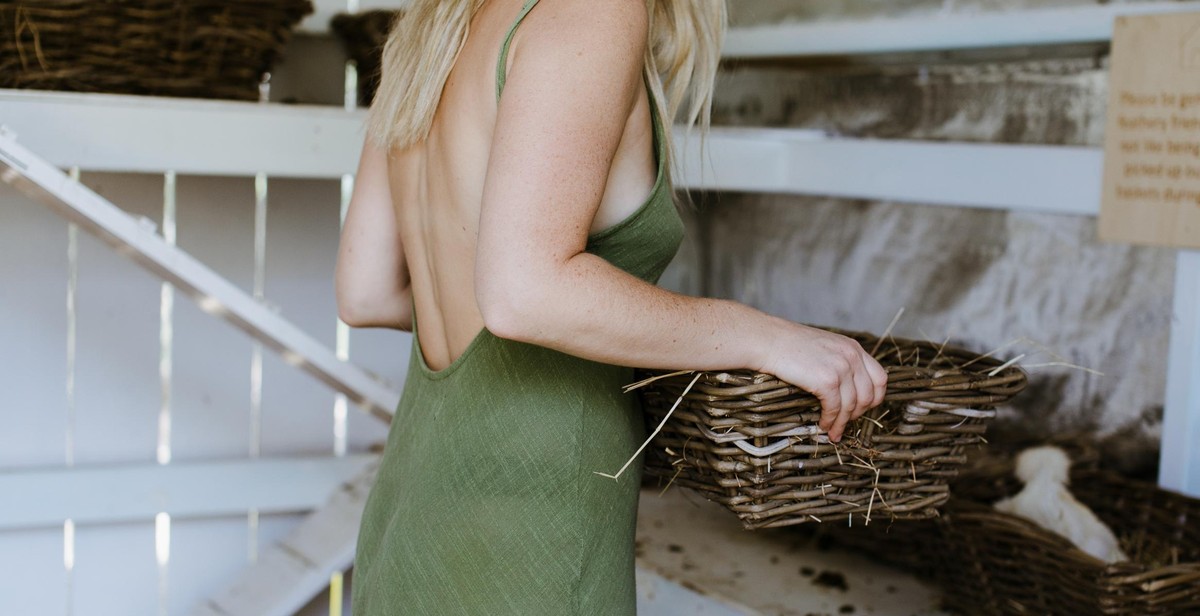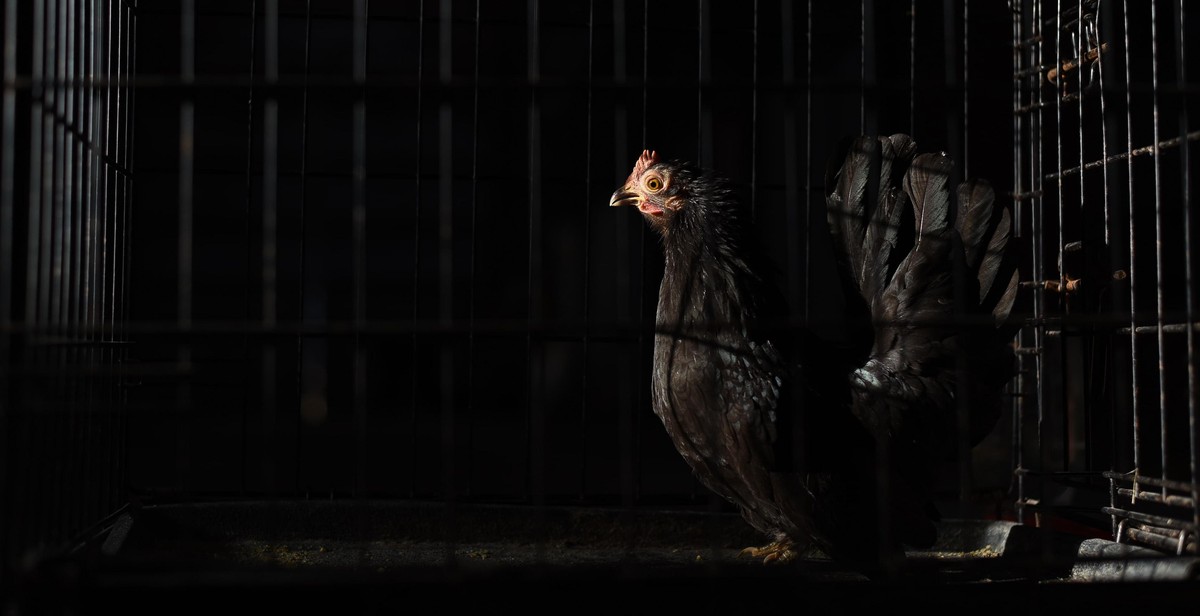How to Build a Backyard Chicken Coop
Keeping chickens in your backyard can be a fun and rewarding experience. Not only do they provide fresh eggs, but they also make great pets and can help with pest control. However, before you bring home your feathered friends, you’ll need to build a backyard chicken coop.
Why Build a Backyard Chicken Coop?
Building a backyard chicken coop has several benefits. Firstly, it provides a safe and secure environment for your chickens to live in. A well-built coop will protect your chickens from predators and the elements, ensuring that they stay healthy and happy.
Secondly, a backyard chicken coop can save you money in the long run. Instead of buying eggs from the store, you can have a constant supply of fresh eggs right in your own backyard. Plus, chickens are great at recycling kitchen scraps and other organic waste, which can help reduce your household’s overall waste.
Finally, building a backyard chicken coop can be a fun and rewarding DIY project. With the right materials and a little bit of know-how, you can create a custom coop that fits your backyard and your chickens’ needs.
In this article, we’ll walk you through the steps to building your own backyard chicken coop. From choosing the right location to selecting the right materials, we’ll cover everything you need to know to get started.

Planning and Preparation
Building a backyard chicken coop is an exciting project that requires proper planning and preparation. Before diving into the construction process, it is important to consider the following factors:
Choosing the Right Location
The location of your chicken coop is critical to the health and safety of your birds. You should choose a spot that is protected from harsh weather conditions such as heavy rain, strong winds, and extreme temperatures. Additionally, the location should be well-drained to prevent waterlogging and the accumulation of moisture. It is also important to ensure that the coop is situated in a shaded area to provide the birds with a cool and comfortable environment.
Calculating the Size of Your Coop
The size of your coop will depend on the number of birds you plan to keep. A good rule of thumb is to allow for at least 4 square feet of space per bird inside the coop and 8-10 square feet of outdoor space per bird. This will provide enough room for the birds to move around comfortably and engage in natural behaviors such as scratching, perching, and dust bathing. It is also important to consider the height of the coop to ensure that there is enough headroom for the birds to stand up straight.
Gathering Materials and Tools
Once you have chosen the location and calculated the size of your coop, it is time to gather the necessary materials and tools. Some of the materials you will need include lumber, wire mesh, roofing materials, nesting boxes, and hardware such as screws and nails. You will also need a range of tools such as a saw, drill, hammer, and measuring tape. It is important to ensure that all the materials and tools are of good quality to ensure the longevity and safety of your coop.
| Materials | Tools |
|---|---|
| Lumber | Saw |
| Wire Mesh | Drill |
| Roofing Materials | Hammer |
| Nesting Boxes | Measuring Tape |
| Hardware (Screws, Nails, etc.) |
By taking the time to choose the right location, calculate the size of your coop, and gather the necessary materials and tools, you will be well on your way to building a safe and comfortable home for your backyard chickens.

Building the Coop
Building a backyard chicken coop requires careful planning and execution to ensure that your feathered friends have a safe and comfortable living space. Here’s a step-by-step guide to constructing a sturdy and functional coop:
Constructing the Frame
The first step in building a chicken coop is constructing the frame. You can use wood or metal for the frame, depending on your preference. Measure and cut the wood or metal according to the dimensions of the coop you want to build. Use screws or nails to join the pieces together.
Adding Siding and Roofing
Once the frame is complete, it’s time to add siding and roofing. For the siding, you can use plywood, wood shingles, or vinyl siding. Cut the siding to size and attach it to the frame using screws or nails. For the roofing, you can use metal sheets, asphalt shingles, or corrugated plastic. Cut the roofing material to size and attach it to the frame using roofing nails or screws.
Installing Nesting Boxes and Perches
The next step is to install nesting boxes and perches. Nesting boxes should be placed in a quiet and dark corner of the coop. You can use plywood or plastic containers as nesting boxes. Make sure they are large enough for the chickens to comfortably lay their eggs. Perches should be installed at different heights to allow the chickens to roost. Use wooden dowels or branches as perches.
Building a Chicken Run
A chicken run is an enclosed outdoor space where your chickens can roam and exercise. To build a chicken run, you’ll need to attach wire mesh to the coop frame using staples or zip ties. Dig a trench around the perimeter of the run and bury the wire mesh to prevent predators from digging underneath. You can also add a gate to the run for easy access.
- Use wood or metal for the frame of the coop
- Attach siding and roofing to the frame using screws or nails
- Install nesting boxes and perches inside the coop
- Build a chicken run by attaching wire mesh to the coop frame and burying it in a trench
By following these steps, you can build a safe and comfortable home for your chickens. Remember to regularly clean and maintain the coop to keep your chickens healthy and happy.

Caring for Your Chickens
Once you have built your backyard chicken coop, it’s important to take good care of your flock. Here are some tips on how to feed and water your chickens, maintain cleanliness, and prevent and treat illness.
Feeding and Watering Your Flock
Chickens need a balanced diet to maintain their health and produce eggs. A good quality commercial feed that contains 16-18% protein is a good starting point. You can supplement this with fresh fruits and vegetables, but avoid feeding them anything that is moldy or spoiled. Chickens also need access to clean water at all times. Make sure to change their water daily and clean their waterer regularly to prevent the build-up of harmful bacteria.
Maintaining Cleanliness
A clean coop is essential for your chickens’ health and well-being. Clean out their coop at least once a week, removing any soiled bedding and replacing it with fresh straw or shavings. You should also clean their nesting boxes regularly to prevent the build-up of bacteria and parasites. Chickens also need access to a dust bath to keep their feathers clean and free from mites and lice. You can provide them with a shallow container filled with sand or soil.
Preventing and Treating Illness
Prevention is key when it comes to keeping your chickens healthy. Make sure to keep their coop clean and dry, and provide them with plenty of space to move around and exercise. You should also be on the lookout for any signs of illness, such as lethargy, loss of appetite, or respiratory issues. If you suspect that one of your chickens is sick, isolate them from the rest of the flock and consult with a veterinarian. It’s also a good idea to have a basic first aid kit on hand, including items such as bandages, antiseptic, and electrolytes.
By following these tips, you can ensure that your backyard chicken coop is a safe and healthy environment for your flock.

Conclusion
Building a backyard chicken coop can be a fun and rewarding project for anyone looking to raise their own chickens. With the right tools and materials, you can create a safe and comfortable home for your feathered friends.
Before you start building, make sure to research the local regulations and zoning laws in your area. You should also consider the size of your flock and the space you have available in your backyard.
When it comes to the design of your coop, remember that simplicity and functionality are key. You want to create a space that is easy to clean and provides plenty of ventilation and natural light.
Don’t forget to include a secure run area for your chickens to roam and exercise outside of the coop. This will help keep them healthy and happy.
Overall, building a backyard chicken coop is a great way to provide your family with fresh eggs and a fun hobby. With a little bit of planning and effort, you can create a beautiful and functional coop that will last for years to come.
| Key Takeaways: |
|
